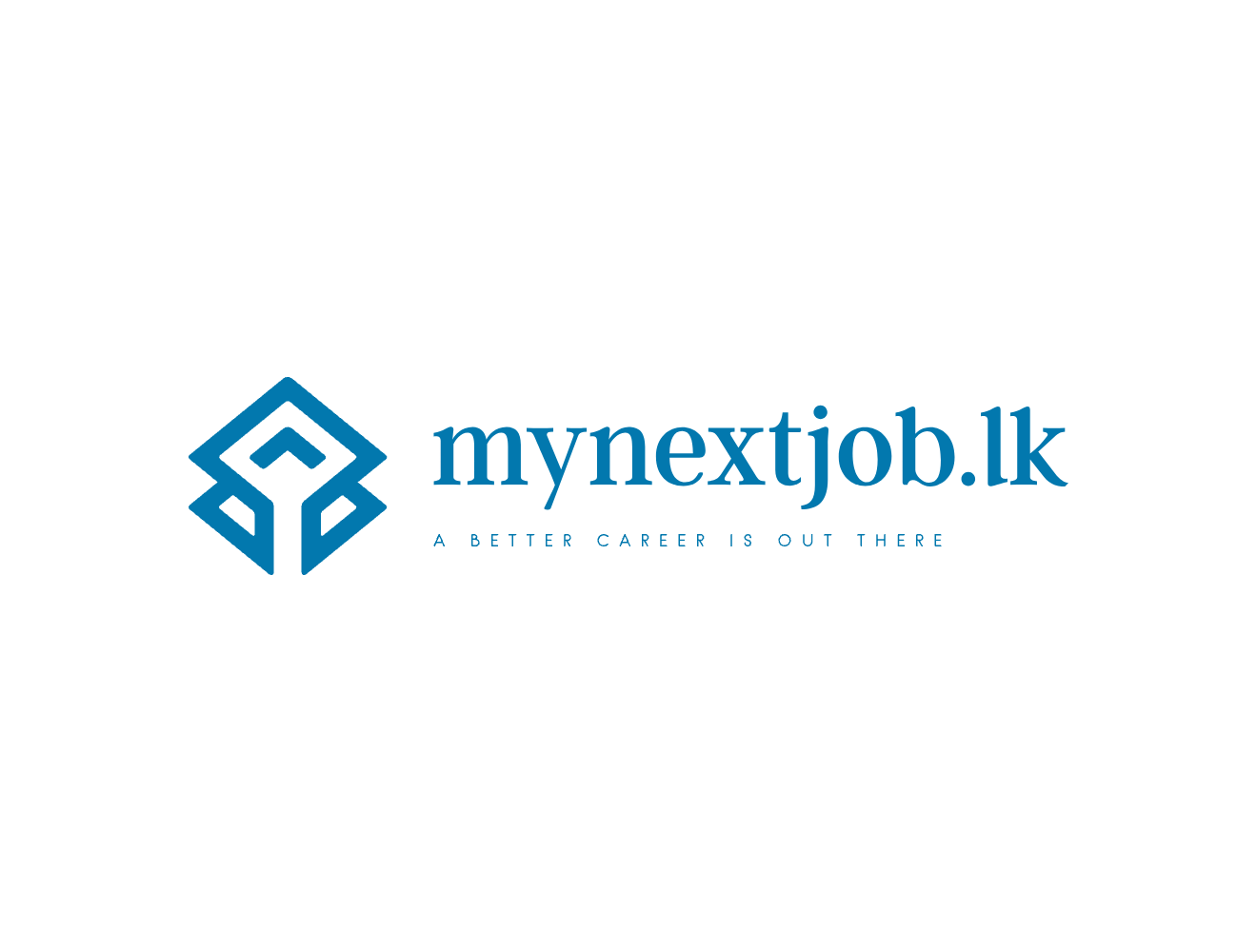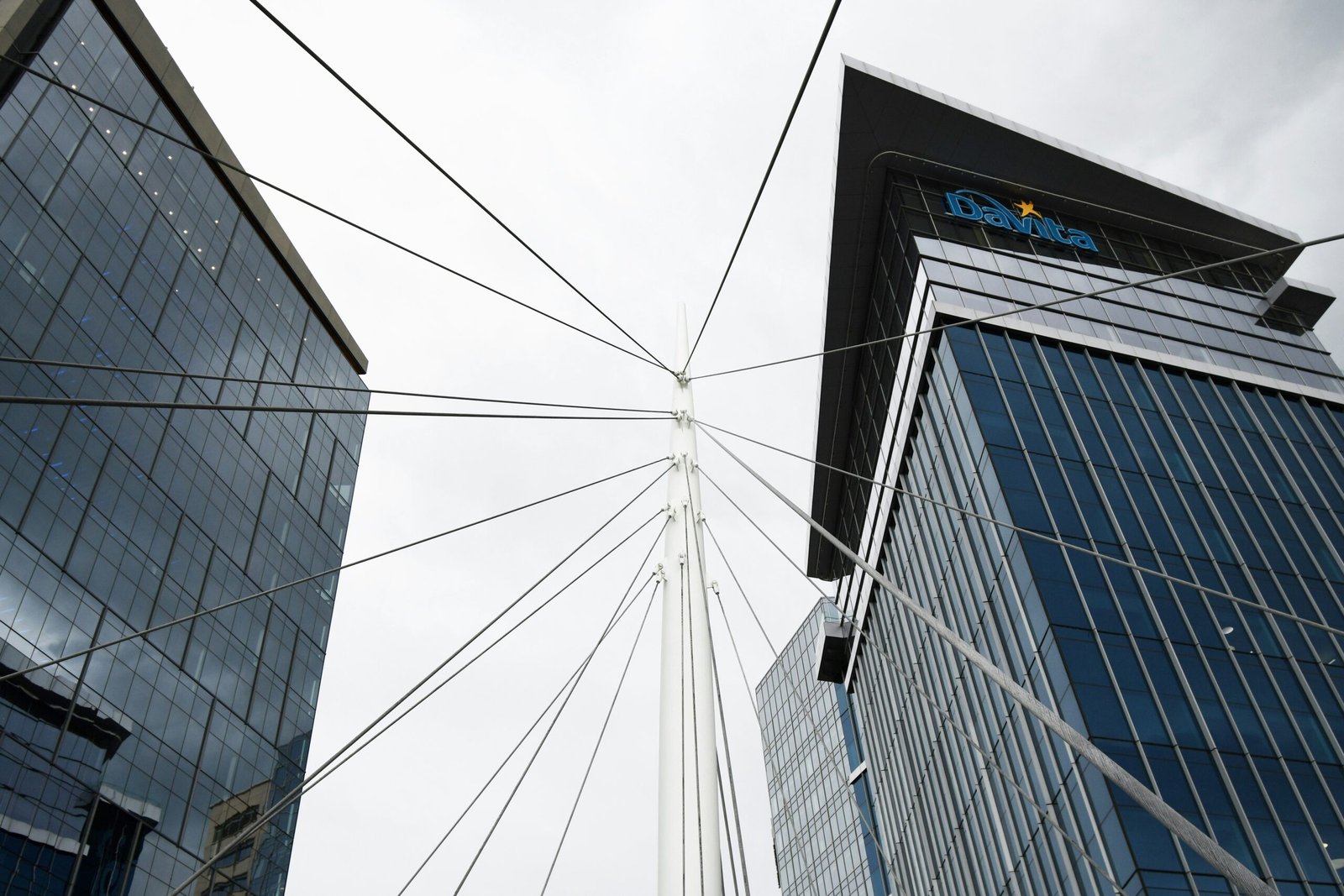Introduction to Employee Wellness Programs
Employee wellness programs are initiatives implemented by organizations to enhance the overall well-being of their workforce. The concept dates back several decades, with the earliest examples emerging in the mid-20th century. These programs began primarily in response to rising healthcare costs, aiming to improve physical health, reduce absenteeism, and boost productivity.
Historically, the first corporate wellness initiatives were straightforward. They focused on basic health needs and risk mitigation, often driven by the necessity to cut down on healthcare expenses and improve workforce productivity. The primary goals were to improve employees’ physical health and mitigate lifestyle-related diseases, which were major contributors to absenteeism and decreased workplace efficiency.
Early wellness programs typically included activities such as on-site fitness centers, smoking cessation programs, and basic health screenings. These initiatives were designed to provide employees with the resources and support necessary to maintain or improve their physical health. For instance, on-site fitness centers offered employees convenient access to exercise facilities, encouraging regular physical activity. Smoking cessation programs provided tools and support for employees attempting to quit smoking, thereby contributing to overall health improvements and reducing related healthcare costs.
Basic health screenings were another fundamental component of these early wellness programs. By offering routine checks for conditions like high blood pressure, cholesterol levels, and other potential health risks, employers aimed to catch and address health issues before they became severe, promoting a culture of preventive healthcare within the workplace. These traditional approaches laid the groundwork for the more comprehensive and sophisticated employee wellness programs that we see in modern workplaces today.
Overall, the historical context of employee wellness programs reflects a period where there was a strong emphasis on physical health and basic preventive measures. These foundational efforts have evolved significantly, resulting in a more holistic approach to employee well-being that now includes not only physical health but also mental and emotional wellness.
Shifts in Workplace Culture and Employee Needs
As the dynamics of workplace culture have evolved, so too has the approach taken towards employee wellness programs. Modern workplaces must continuously adapt to meet the shifting needs and expectations of their workforce, influenced by key factors such as increased awareness of mental health, the rise of remote work, and an intensified focus on achieving work-life balance.
Employees today are increasingly cognizant of mental health issues and the importance of emotional well-being. This heightened awareness has spurred employers to incorporate mental health support into their wellness programs. Examples include offering access to counseling services, mental health days, and mindfulness training, all aimed at creating a supportive workplace environment where employees feel valued and cared for.
With the rise of remote work, driven in part by the global pandemic, there’s been a significant shift in how employee wellness programs are structured. Traditional office-centric wellness activities have diversified to accommodate a distributed workforce. Companies now offer virtual fitness classes, online wellness workshops, and digital health resources, ensuring employees have ample opportunities to engage in wellness activities regardless of their location.
Achieving work-life balance has become a primary concern for employees, prompting organizations to rethink their wellness strategies. Flexible working arrangements, such as remote work options, flexible hours, and job sharing, are becoming more prevalent as a means to help employees manage their professional and personal lives effectively. These arrangements not only support physical health but also contribute to improved mental well-being and increased job satisfaction.
Demographic shifts are also a driving force behind the transformation of wellness programs. As younger workers, who prioritize holistic well-being, enter the workforce, there’s an expectation for employers to provide comprehensive support for wellness. This includes not only physical health initiatives but also financial wellness programs, career development opportunities, and lifestyle coaching.
In response to these evolving needs, human resources departments are expanding wellness initiatives to be more inclusive and comprehensive. This holistic approach fosters a supportive culture, ultimately leading to enhanced employee engagement, productivity, and overall satisfaction.
Modern Approaches to Employee Wellness
The landscape of employee wellness programs has significantly evolved, mirroring changes in our understanding of what a comprehensive wellness strategy entails. No longer confined to physical health alone, contemporary wellness initiatives adopt a holistic approach, addressing mental, emotional, and social well-being alongside traditional physical wellness. This shift recognizes that employee well-being is multifaceted and requires a broad spectrum of supportive activities and tools.
Technology integration stands at the forefront of modern wellness programs. Wellness apps and wearables have become instrumental in encouraging employees to track fitness metrics, set personal health goals, and receive personalized feedback. Virtual fitness classes offer flexibility, allowing employees to participate in wellness activities regardless of their location. Furthermore, these digital resources facilitate the collection of data that can help human resource departments tailor wellness programs more effectively to meet employees’ needs.
Addressing mental well-being, mindfulness programs have gained traction in various organizations. These programs include activities like meditation, yoga, and stress management workshops that help reduce anxiety and improve overall mental health. Financial wellness workshops are another significant addition, guiding employees in managing their personal finances, reducing financial stress, and empowering them with valuable knowledge.
Social connectivity events form a critical component of these contemporary wellness programs, aiming to foster a sense of community and belonging among employees. Team-building activities, virtual coffee breaks, and social networking platforms within the workspace help create and sustain strong social bonds, which are crucial for a supportive work environment.
For instance, companies like Google and Salesforce are at the cutting edge of implementing these innovative wellness programs. Google’s holistic wellness initiatives include employee support through mental health services, fitness centers, and financial planning resources. Similarly, Salesforce places a strong emphasis on mental health with its “B-Well Together” program, which provides mindfulness and stress relief workshops. The benefits observed in these companies include enhanced employee engagement, improved satisfaction, and increased productivity, illustrating the profoundly positive impact of modern wellness programs.
Future Trends and Predictions for Employee Wellness
As the landscape of human resource management continues to evolve, employee wellness programs are increasingly aligning with advancements in technology and shifting societal values. One of the most promising trends is the integration of artificial intelligence (AI) and machine learning to personalize wellness strategies. These technologies can analyze vast quantities of data to identify individual health patterns, stress factors, and preferences, enabling employers to offer tailored wellness solutions that are more effective in fostering employee well-being.
Another burgeoning area is the use of virtual reality (VR) to create immersive wellness experiences. VR can transport employees from their workstations to tranquil natural environments or guide them through interactive fitness and relaxation exercises. This innovative application of VR technology not only enhances the immersive quality of wellness activities but also makes them more accessible, especially in remote or hybrid work settings.
Diversity and inclusion are also becoming pivotal in shaping the future of wellness programs. Companies are recognizing that wellness initiatives must be inclusive to be effective, addressing the diverse needs of a multicultural workforce. This includes offering wellness resources that cater to different backgrounds, cultures, genders, and life stages, ensuring that all employees feel represented and supported.
Global events, such as pandemics and economic shifts, profoundly influence wellness priorities and approaches. The COVID-19 pandemic, for instance, has underscored the importance of mental health support and flexible work environments. Moving forward, companies might prioritize mental health services, stress management resources, and resilience training as core components of their wellness programs to better equip employees for future challenges.
For companies seeking to innovate their wellness offerings, adopting a proactive, technology-driven approach is crucial. Leveraging AI and VR, emphasizing inclusivity, and staying responsive to global trends will help ensure that employee wellness programs remain relevant and effective. By doing so, organizations can better support their employees’ evolving needs, ultimately fostering a more resilient and engaged workforce.











